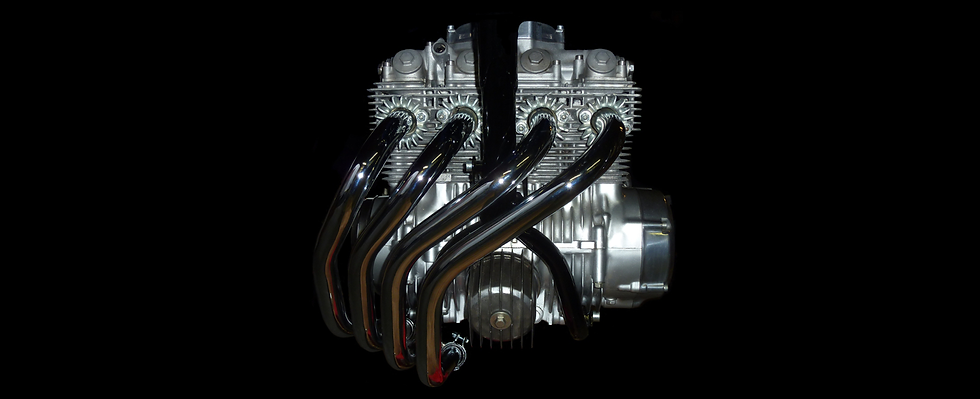THE JAPANESE INVASION
- Frank Donslund

- Jan 7, 2021
- 2 min read
Updated: Jul 4, 2023


In the early 70s, Japanese cars and motorcycles were still regarded with a certain skepticism here in Denmark, a bit like we regard Chinese machines today. But while European motorcyclists walked around with wrinkles on their foreheads and engine oil on their boots, Honda, Suzuki, Yamaha and Kawasaki took over the motorcycle market in most of the world. Most were eventually convinced based on their own experiences with Japanese vehicles of one kind or another. I was convinced by the two-wheelers, especially Honda and Yamaha. Honda's motorcycle program was already complete in the early 70s. Ranging from 90-750 cubic meters. 1, 2 or 4 cylinders, these machines had it all. The Japanese factories competed fiercely with each other. Both about the buyers' favor in terms of finish and equipment and on the racetracks, when it came to acceleration and speed.
Until 1968, 450 cubic was the largest you could buy with a Honda emblem on the tank. It was the tiny one- and two-cylinder models that made Honda the world's largest motorcycle manufacturer, and that over a period of just 15 years. How I would love to own just a single copy of all the amazing little machines that the Japanese motorcycle factories churned out by the millions. Especially from the period from the late 60s until the small machines went out of fashion in the early 80s. I mean, take a Suzuki T20 Super Six from the 60s, 6 gears and 160 km/h from 250 cubic! Not to forget all Yamaha's RD models that went like a shot. The Yamaha RD350 in particular has its very own place in my motorcycle heart. For many years, Japanese motorcycles had difficulty achieving classic status, and even the most iconic machines could be bought for little money, many "real" motorcyclists would not see it that way. Therefore, in the 80s and 90s, you could buy fine Japanese machines for little money. That is about to change, but in the time that has passed, when people looked a little askance at the Asians, many machines worthy of preservation ended their days as scrap.
Articles you must read:






Comments